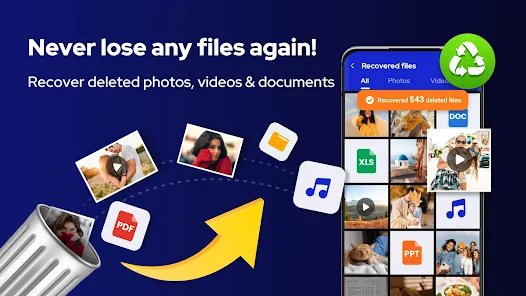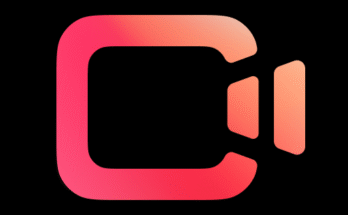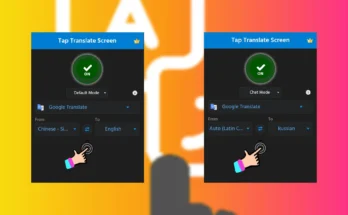Introduction
- Briefly introduce the problem of accidentally deleted photos/videos.
- Highlight the importance of a photo recovery tool like DiskDigger.
- Mention how DiskDigger is a user-friendly solution for Android, Windows, and more.
Table of Contents
- What is DiskDigger Photo Recovery?
- Key Features of DiskDigger
- Supported Devices and Platforms
- How to Use DiskDigger Photo Recovery Step by Step
- For Android Devices
- For Windows or PC
- Pros and Cons of DiskDigger
- DiskDigger Free vs. Pro Version
- Alternatives to DiskDigger
- Tips to Avoid Photo Loss in the Future
- FAQs about DiskDigger
- Conclusion
1. What is DiskDigger Photo Recovery?
- Explain what DiskDigger is: a recovery app for retrieving deleted photos, videos, and files.
- Mention its compatibility (Android, PC, etc.).
- Describe its lightweight size and ease of use.
2. Key Features of DiskDigger
- Recover deleted photos and videos.
- Support for rooted and non-rooted Android devices.
- Ability to recover images in various formats (JPG, PNG, etc.).
- Scanning options: Basic and Full Scan.
- Preview recovered files before saving.
- Direct upload to Google Drive, Dropbox, or saving locally.
3. Supported Devices and Platforms
- Android Smartphones (Rooted and Non-rooted).
- Windows PCs and Laptops.
- Mention limitations on iOS (optional, to clarify for users).
4. How to Use DiskDigger Photo Recovery Step by Step
For Android Devices
- Step 1: Download and Install DiskDigger from Google Play Store.
- Step 2: Open the app and select the type of scan (Basic or Full).
- Step 3: Allow storage permissions and start scanning.
- Step 4: Preview and select the photos/videos you want to recover.
- Step 5: Save the files to Google Drive, Dropbox, or the device storage.
Include screenshots for better understanding (optional).
For Windows or PC
- Step 1: Download and Install DiskDigger on Windows.
- Step 2: Launch the program and select the drive to scan.
- Step 3: Choose file types (images, videos, documents, etc.).
- Step 4: Start scanning and preview the recoverable files.
- Step 5: Save the selected files to your PC or external storage.
5. Pros and Cons of DiskDigger
Pros:
- User-friendly and lightweight.
- Works on rooted and non-rooted devices.
- Supports major file formats.
- Free version available for photo recovery.
Cons:
- Full scan requires a rooted device on Android.
- Free version limited to basic recovery.
6. DiskDigger Free vs. Pro Version
- Free Version: Allows recovery of photos and videos.
- Pro Version: Unlocks full file recovery, removes ads, and enhances scanning options.
Pricing details (if available) and whether it’s worth upgrading.
7. Alternatives to DiskDigger
- EaseUS Data Recovery
- Recuva
- PhotoRec
- Dr.Fone Photo Recovery
Briefly compare alternatives and explain why DiskDigger stands out.
8. Tips to Avoid Photo Loss in the Future
- Regularly back up photos to Google Photos, Dropbox, or external storage.
- Use apps like Google Drive for automatic sync.
- Avoid accidental deletions by organizing files properly.
- Use cloud storage with free space.
9. FAQs About DiskDigger
- Is DiskDigger free to use?
- Yes, the basic version is free. The Pro version offers advanced features.
- Can I recover photos on a non-rooted Android device?
- Yes, with limited scanning capabilities. Root access allows deeper recovery.
- Does DiskDigger work offline?
- Yes, it works without an internet connection.
- What file types does DiskDigger support?
- DiskDigger supports common image formats (JPG, PNG) and videos (MP4, etc.).
- Can DiskDigger recover files from a formatted drive?
- Yes, but deeper recovery requires the Pro version.
10. Conclusion
- Summarize the benefits of using DiskDigger for photo and video recovery.
- Encourage users to download DiskDigger for quick recovery.
- End with a call-to-action (CTA) like:
“Recover your precious photos now with DiskDigger and never lose a memory again!”



